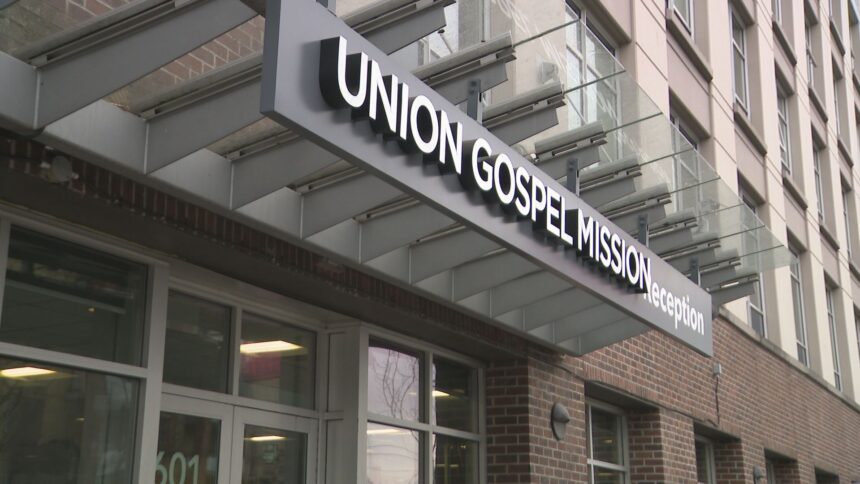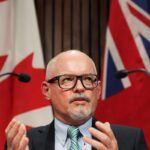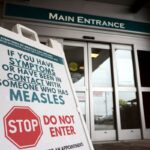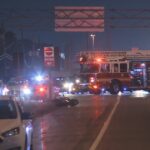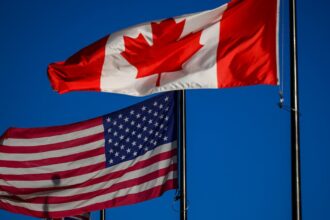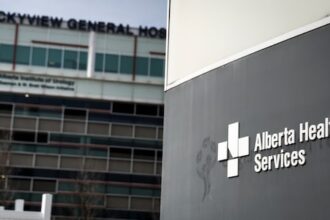In the shadow of Vancouver’s gleaming skyscrapers and luxury condominiums, a silent crisis continues to unfold. The Union Gospel Mission (UGM) reports an unprecedented 43% increase in emergency food hamper requests during the first half of 2025, highlighting the deepening food insecurity crisis gripping British Columbia’s largest city.
“We’re seeing faces we’ve never seen before,” explains Nicole Mucci, spokesperson for the UGM. “Working professionals, families with dual incomes, seniors on fixed pensions—people who never imagined they’d need our services are now standing in our lines.”
The troubling statistics reveal that UGM distributed over 7,200 emergency food hampers between January and June 2025, compared to approximately 5,000 during the same period last year. This dramatic surge comes despite multiple government initiatives aimed at addressing food affordability in the region.
Economic data from Statistics Canada shows Vancouver’s food inflation outpacing the national average by 3.2 percentage points, with basic grocery items seeing price increases between 12-18% year-over-year. The average family of four now requires an additional $420 monthly for the same grocery basket purchased in 2024, according to research from the University of British Columbia’s Food Security Institute.
“What we’re witnessing is the collapse of financial resilience among middle-income households,” says Dr. Eleanor Thompson, economic policy analyst at Simon Fraser University. “When housing consumes 50-60% of income, even minor inflationary pressures can push families into food insecurity.”
The crisis has prompted UGM to launch its “Neighbors Feeding Neighbors” campaign, aiming to collect 150,000 pounds of non-perishable food items by October. However, donation centers report contribution volumes are down approximately 22% compared to previous years, suggesting donor fatigue or that previous donors may themselves be struggling.
Municipal response has been complicated by jurisdictional challenges. While food security falls primarily under provincial and federal domains, the City of Vancouver recently allocated $3.2 million toward emergency food programs—a figure critics argue barely scratches the surface of actual need.
“We’re applying band-aids to a hemorrhaging wound,” notes Councillor Amrita Singh. “Without addressing the underlying issues of housing affordability, wage stagnation, and inadequate social supports, we’re simply managing decline rather than creating sustainable solutions.”
The demographics of food insecurity have shifted dramatically as well. UGM reports a 67% increase in seniors accessing services, while families with children now constitute nearly 40% of food hamper recipients. Perhaps most alarming is the 51% rise in employed individuals seeking assistance—people working full-time jobs yet unable to put food on their tables.
Provincial officials from the Ministry of Social Development point to recently enhanced benefit programs, but acknowledge implementation delays have created gaps in the safety net. “We recognize the urgency of the situation,” says Deputy Minister Jason Cordova. “Additional resources are being deployed to accelerate benefit processing and expand eligibility criteria.”
For organizations like UGM, however, policy promises provide little immediate relief. Their food stores are projected to be depleted by mid-September without significant community intervention. “We’ve never had to turn people away,” says Mucci. “But we’re facing that very real possibility for the first time in our 84-year history.”
As Vancouver’s food insecurity crisis intensifies, the fundamental question remains: in a province of such tremendous wealth and resources, how have we arrived at a point where working families must choose between paying rent and feeding their children?

